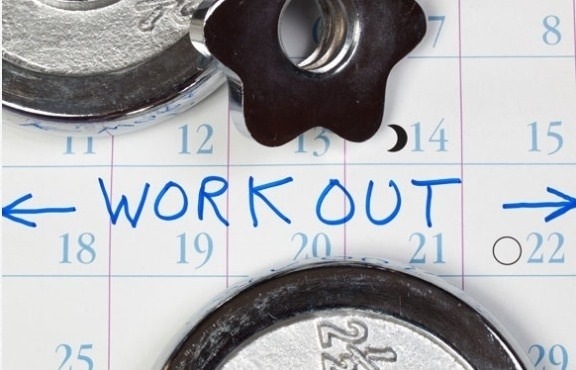
Some people measure the effectiveness of their workout by how sore they are next day after training. However, the nopain-no-gain principle should not always be your fitness motto.
This soreness (also called Delayed
Onset Muscle Soreness, or DOMS) is caused by small tears in muscles. This
happens when you train muscles that were previously less used or work out at a greater intensity than usually. Muscles
grow while they are recuperating. This is why rest and recovery are all-important
for muscle build-up.
Muscle soreness can be avoided if you warm up before exercising and stretch and cool down the muscles after your
workout.
If you feel soreness after each workout,
it means that your muscles do not have enough time to heal and you run a risk of overtraining and injury. Muscle soreness can actually hold your advance back if it hurts too much to work out. Consider speaking with your doctor if the pain continues days after a workout.
If you are no longer sore after your
training, it doesn’t mean that your workout is not effective anymore. The routine you stick to helps you maintain your achievements. Just make sure you vary your workout in order to avoid a
plateau.
Instead of measuring the effectiveness of your workout by how sore you are,
Think about the following:
• are you lifting proper weight?
• are you working all your muscle
groups during the week?
• are you diversifying your workout
from time to time?
If the answer is ‘yes’ to all these
questions, you are a getting a good
workout.



